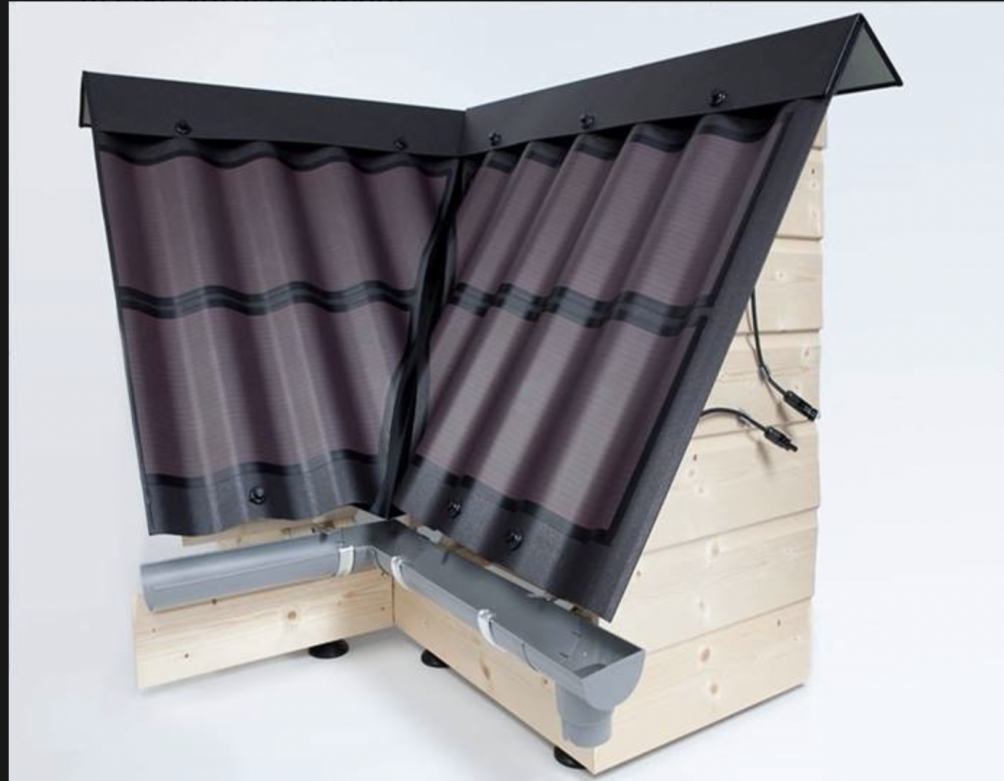
When thinking of thin films, chances are that the first thing you picture into your mind is your smartphone’s screen protector – 25 years ago, you would have probably thought of your camera’s film. Food-wrapping plastic might also be another use that comes to your mind. Well, these are only the tip of the iceberg: many more things can be done with thin films, whose utility greatly helps in producing green energy, capturing CO2, or storing power.
Speaking of materials and technology, a thin film is a material whose thickness is on the order of nanometers (nm) to micrometers (μm). These films are then deposited onto a substrate or surface, and their properties can cater to different applications. In electronics, for instance, thin films are used to fabricate semiconductor devices, circuits, and fine transistors.
Why you need to know this
Thin films are behind several technologies: solar panels, batteries, and carbon capture. Their development is essential to creating better devices in the cleantech domain, as well as in the health tech one.
The Brainport region is a hotspot for research and development of thin film technologies. The Holst Centre – a research lab powered by leading Dutch and Belgian research institutes TNO and imec – is where many of these innovations came to be. Located at the High Tech Campus Eindhoven (HTCE), the lab continues to be an innovation hotspot. In spotlighting thin films tech, the HTCE organized a seminar on the topic, providing an overview of the current state of the technology with presentations and demos.
New solar energy solutions
Solar technology is one of the domains benefitting the most from thin film developments. An example comes from HyET Solar, which developed Powerfoil, a flexible and low-cost photovoltaics module. This means it can efficiently convert sunlight into electricity. The flexibility of this technology allows it to be applied to various surfaces, enabling a more versatile and adaptable approach to harnessing solar energy.
To produce the modules, the Arnhem-based company developed a proprietary technology using a roll-to-roll method, with rolls of thin silicon solar films that attach to other foil substrates. HyET Solar was one of the companies showcasing its technology in a demo boot during the event. Powerfoil is a lightweight solution made with silicon solar cells, thus making it a low-cost solution. The company is further developing its concept, collaborating with TNO, which used thin film tech for another innovative solar cell application.
During the event, Sjoerd Veenstra, Program Manager of Perovskite Solar Cells and Modules at TNO, presented an ivy-shaped thin film solar power system. One of the HTCE buildings is the testbed for the technology, standing as an example of deploying solar power on facades. In accelerating solar deployment, the research institute wants to optimize the production of thin film solar cells, possibly automating the processes using robots.


Capturing CO2
On the one hand, the problem of carbon emissions can be tackled by curbing emissions; on the other hand, sequestrating carbon dioxide from the atmosphere is also possible. Direct Air Capture (DAC) is one of the main technologies under the carbon capture umbrella. DAC consists of removing CO2 directly from the air using specific chemical processes or materials to store carbon and reuse it for other purposes. Thin film tech can play a role in this sector, too.
Carbyon is an Eindhoven-based carbon capture company that leverages a thin film solution to sequestrate CO2 from the air. COO Marco Arts explained why this solution facilitates the absorption of carbon dioxide. The company was born from an idea born within TNO’s Solliance initiative, which thought of using a thin carbon fiber film to sequestrate carbon.
Conventional DAC tech works with porous materials that bind carbon when air is blown to them. Pores are filled with solvents that make sequestration easier yet inefficient. By contrast, using a thin film material allows a larger surface area where blow air can be blown in, improving the process efficiency while reducing the DAC device size. That’s what Carbyon is currently testing as it prepares to scale up its technology.

Better performing batteries
Batteries are a key enabler of society’s electrification. Their role is indispensable to power cars or to stash renewable energy. Although many believe that their performances are solely influenced by their bulk materials – lithium, cobalt, or the more sustainable sodium – many surfaces within the structure influence their behavior. Particularly, the electrode interface determines the battery performance for a large part.
Coating electrodes with thin film proved to stabilize the electrode interface, thus increasing battery performance. Kalpana Systems’ CEO Diederick Spee explained how his company does so through Spatial Atomic Layer Deposition (sALD). The technique consists of depositing thin films with precise control at the atomic level. With sALD being an established technology, the Delft company focused on developing a system that guarantees higher accuracy standards.

Enabling transitions
As research on thin films continues at the Holst Center and TNO, thin films will improve and remain powerful enablers. In addition to cleantech, applications in another critical domain, such as healthcare, can be found. Thinking of wearable technology, with devices that can keep track of body fluids. Thin films, wide impact.







